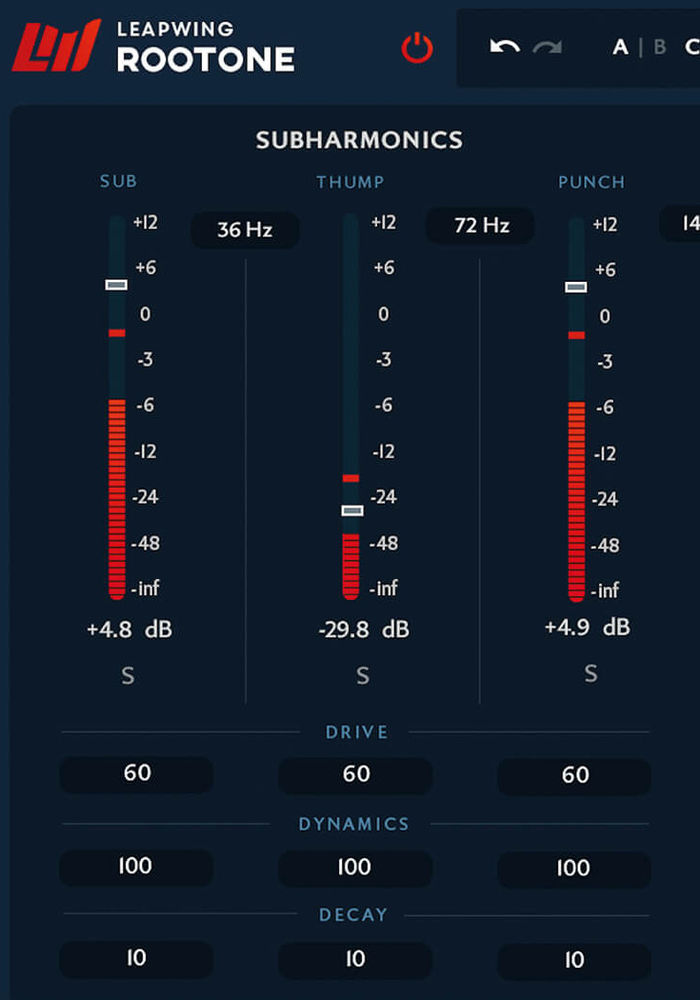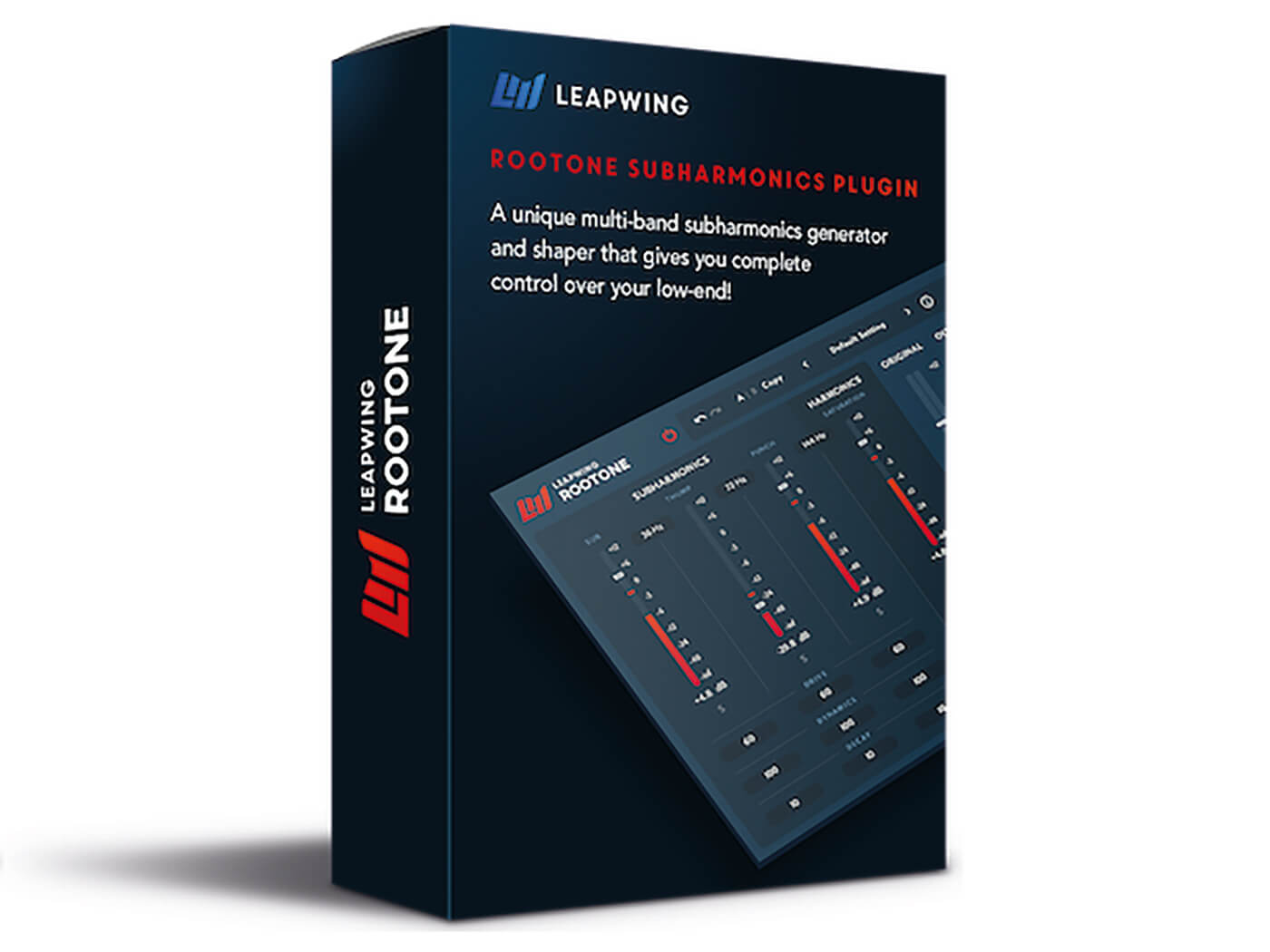Leapwing Audio is a young and innovative brand that started out in 2015 with an ethos of putting innovation in the hands of musicians. I’m a musician first and publisher second, so that’s a tick in the box right away. DynOne was Leapwing’s first release – a multiband compressor with simplicity at the core (and great sonics, I should add – I had a play with it before embarking on this review). Just browsing the Leapwing site gives you a real flavour of not only the brand, but the people behind it: in 60 seconds, I have discovered that Jeroen, Robin, and Emiliano all met in Belgium, all like very different music, have evolved into an award winning trio of plugin developers, and all love pizza – particularly from Bleecker Street Pizza in New York City, apparently. Marvellous.
So, the plugin I’m diving into today is RootOne – it was launched at the end of August to critical acclaim and, according to Leapwing, it’s “the new way to get the perfect low-end tonal balance” - which immediately sounds intriguing. Furthermore, I can expect it to be “effective across a far wider range of sources” than I might initially think. Excellent news.
First off, let’s look at the GUI – it’s simple, slick and intuitive, just as you’d expect from Leapwing. There is a subharmonics section, a harmonics section, and an input and output section. Subharmonics is set across three faders: Sub, Thump, and Punch, each of which has with its own Drive, Dynamics, and Attack / Decay parameters; and Harmonics has one fader to Drive, Colour or Low Pass the Saturation.
Furthermore, each fader represents a frequency range: Sub spans from 8Hz to 30Hz; Thump from 32Hz to 56Hz; Punch from 62Hz to 104Hz, and Saturation from 114Hz to 196Hz.
Each of the faders can be soloed or muted (either individually or together in any desired configuration), and there are a number of presets available – but I’m not going there... yet.
Although this plugin isn’t just for kick drums and basslines, I decide to start there, and bring up a multitrack with one of my favourite groove-making duos: James Trood (MD and drummer, Dua Lipa, Zara Larsson) and Andrew Misuraca on bass.
I drop in an instance of RootOne on the Kick (in), play the drum multitrack, and begin to raise the first plugin fader as I go: Sub. I get to about 70%, and the impact is quite striking. I drop it down a little and punch it in and out, moving from 8Hz to 12Hz, driving it around 40%, and leaving Dynamics at 100, with a pretty low attack and decay. My Genelec sub is working harder than it has in some time – and when I isolate the frequency, which you can do with each of the frequency ranges (I don’t recommend this at high volume!) it’s a pretty terrifying experience. But I’ll give RootOne this – that is definitely sub - and I’m pleasantly surprised at how much audible control I seem to have this far down in the frequency range.
Rather than go back to the full kit sound and mix the kick signal in as I go, I’m intrigued to see what the other frequencies sound like in isolation, and blended together. As I bring them into play one by one, the simple Leapwing ethos is evident once more: they each do what they say on the tin. Thump generates a thumping sound (which I really like at around 70% drive and 50% decay for a kick); and Punch is ‘punchy’ (I find dialling this in at about 30% drive and 30% decay does the trick).





